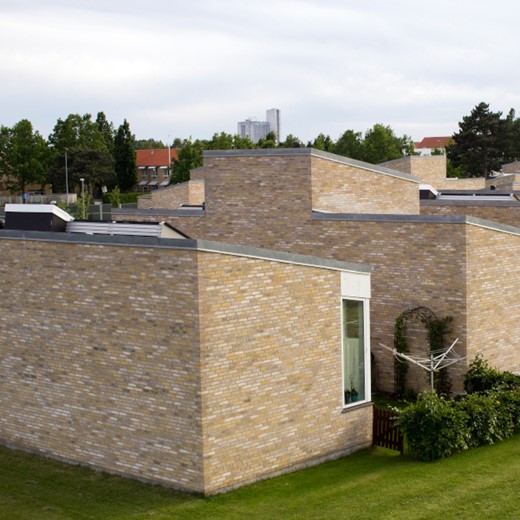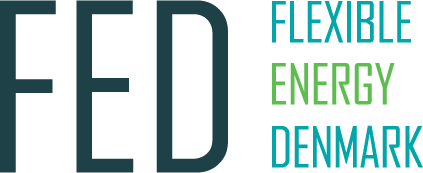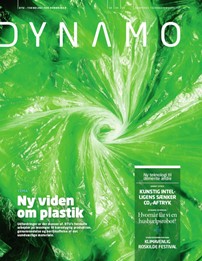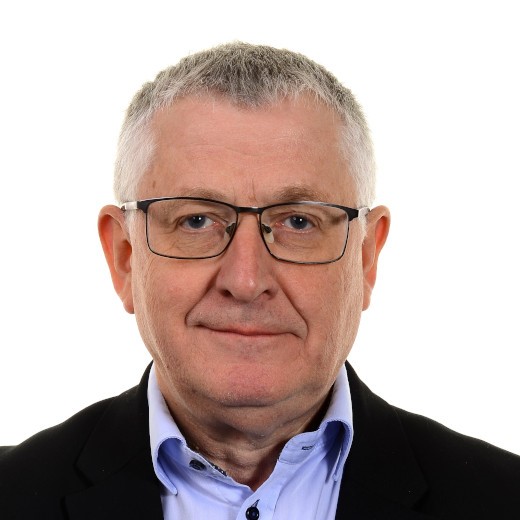Published 24. Oct. 2019
Artificial intelligence reduces the energy consumption of buildings
Data and algorithms can reveal the state of buildings and show where the greatest energy savings can be obtained through renovations. This may result in huge CO2 savings.
The solutions have already been tested in three large smart city projects across the Øresund.
In the coming years, Denmark will undergo a comprehensive green transformation. There is a political majority for reaching a CO2 reduction of 70 per cent in the year 2030, and Denmark has joined the international climate agreement, the Paris Agreement.
The solutions are still to be identified, but energy efficiency improvements and renovations have enormous potential. 40 percent of our energy consumption is spent on heating buildings. Especially in the older building stock, there are great benefits to be gained by renovating. Over 80 percent of the buildings are more than 20 years.
However, current methods for planning and executing energy efficiency improvements, including methods for identifying the relevant buildings, are stuck in old thinking and lack of new technology and they are in need of improvement, says professor and Head of Center Henrik Madsen at the Center for IT-Intelligent Energy Systems (CITIES) at DTU Compute:
"If you want the most CO2 savings for your money, you should bring in artificial intelligence, because it can provide a kind of x-ray vision that enables you to look into the hidden layers of the buildings and 'see' whether the building 'performs' well or is lacking."
From smart city projects, DTU researchers know that data from frequent readings of district heating meters provide evidence-based knowledge that precisely reflects reality.
Facts
The article was printed in DTU's magazine DYNAMO no. 58, September 2019.
Text: Hanne Kokkegård, DTU Compute

Two similar houses are not the same
Today, energy renovations and the energy labelling scheme for e.g. houses for sale are based on simulation-based methods, where the thickness of insulation, the structure of wall construction and similar data from house drawings are taken into account.
This is a problem, because two fabricated houses or blocks of flats may be completely identical in the drawings, but different in practice. The heating bills may fluctuate enormously, both because the residents behave differently and because of differences in the quality and execution of the construction. One example is concrete waste that has dropped into the insulation in some buildings, causing the insulation to be less efficient, while in other buildings this is not the case.
“With our method, we can create an 'X-ray vision' that lets us zoom in and see that some buildings are up to three times leakier than others, even though the drawings are similar. This means that if we have DKK 100 million to spend on energy renovation, we can focus these funds on those places where we can obtain the greatest gains.
Examples could be the replacement of windows, insulation of ceilings or draught prevention for doors. Furthermore, the method can be used for an improved and digitized energy labelling scheme,” elaborates Henrik Madsen, who has helped develop the 'X-ray method'.

Artificial intelligence sorts through data
The method consists of big data analysis and artificial intelligence, where algorithms sort through frequently gathered data on heat consumption and frequent measurements of the outdoor climate.
In the model, the energy consumption for heating is stated as a function of weather data on sun, wind and temperature. If the outside temperature is low, the heat consumption is high - and vice versa.
“Weather phenomena also interact, for instance wind and temperature. If the outside temperature is high, it does not matter that it is windy, because it will be warm air blowing in. But if it is cold outside, cold air blows in, and this leads to a higher consumption. This aspect is also included as a parameter in the model, just as we have included parameters for how well insulated the building is, ”explains Henrik Madsen.
The 'X-ray vision’ filters user behaviour and the building's performance in the equation, since user behaviour has a major impact on heat consumption. Among other things, the model assumes that the user behaviour is stable within a certain range, e.g. at minus two and two degrees Celsius outside. If increased consumption occurs in that scenario, it will be due to the climate screen, that is, how efficient the insulation of the building is.
The significance of behavior
Behaviour plays a crucial role in terms of the heating bill. Henrik Madsen explains how DTU Compute helped a houseowners’ association with 80 similar, semidetached houses.
One of the owners felt harassed by the houseowners’ association because the family’s heating bill was several thousand kroner higher than the other houseowners’.
It turned out that all day, all year round, the family had an attic window 10-20 cm open in order to let the family’s cat in and out. This way, the cat cost the family several thousand kroner in heating every year.
Advantages of data-based methods:
- Identify where energy renovation should be initiated to focus the effort on the greatest overall energy savings.
- Uncover where to focus the effort at each individual house (insulation of the ceiling, windows, exterior walls, replacement of doors). For instance when data shows that heat consumption always increases when the wind blows from the west.
- Measure whether the energy efficiency improvements mentioned above actually have any effect.
- Improve control of heating and cooling systems.
- Establish automatic energy labelling.
The future is data-based management
In developing the algorithm for the 'x-ray vision', DTU Compute draws on its section for dynamic systems, where the researchers are experts in analyzing data in the form of time series, that is, values that are measured every second, every hour, etc.
The researchers have been working on the method for several years, and it has been tested on townhouses and blocks of flats in Belgium and England. The method can be programmed into software that can be used on a PC or a mobile phone, so that in principle, both energy consultants and ordinary citizens will be able to use it. But the best solution would be to place the method in the cloud, allowing homeowners to regularly keep an eye on the energy consumption in their homes.
The CITIES project, led by Henrik Madsen, has continuously tried to influence especially the Danish Energy Agency to make them introduce the method. And now time is also working for the 'X-ray vision'.
According to EU requirements, by the end of 2020, all households must have remote-sensing electricity meters, where each household also has access to the data on an hourly basis. This is the perfect chance to disseminate the 'x-ray' method to the whole of Europe.
In the smart cities of the future, the heating of buildings must be done when there is plenty of green energy in the electricity grid from the sun and wind. This can also be controlled using the new models for the performance of the buildings.
“This will enable us to make an efficient and accelerated green conversion through data-driven energy renovation. Ten years ago, we only had the drawings. Now we are starting to be able to use data for more than just electricity and heating bills,” Henrik Madsen points out.


